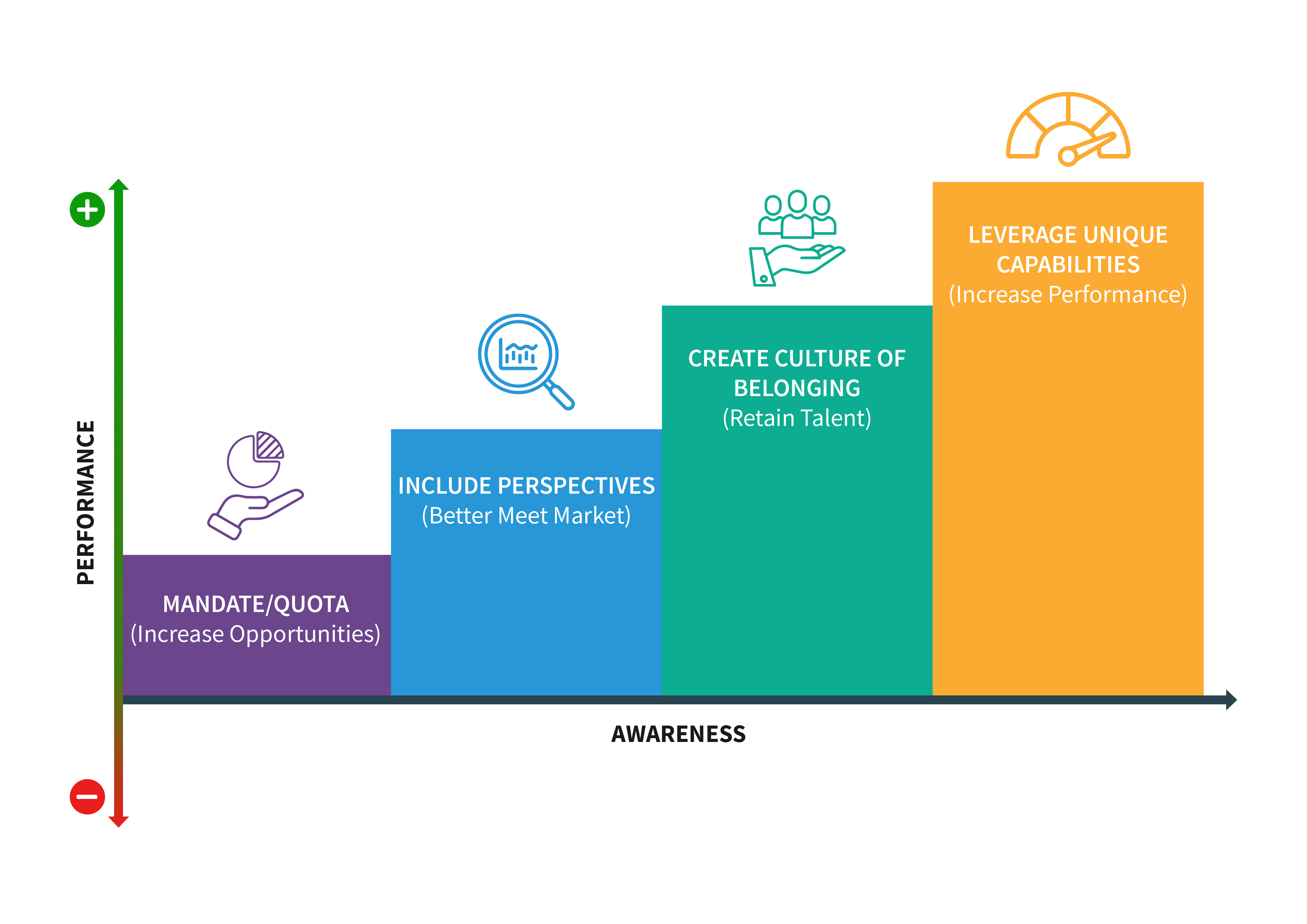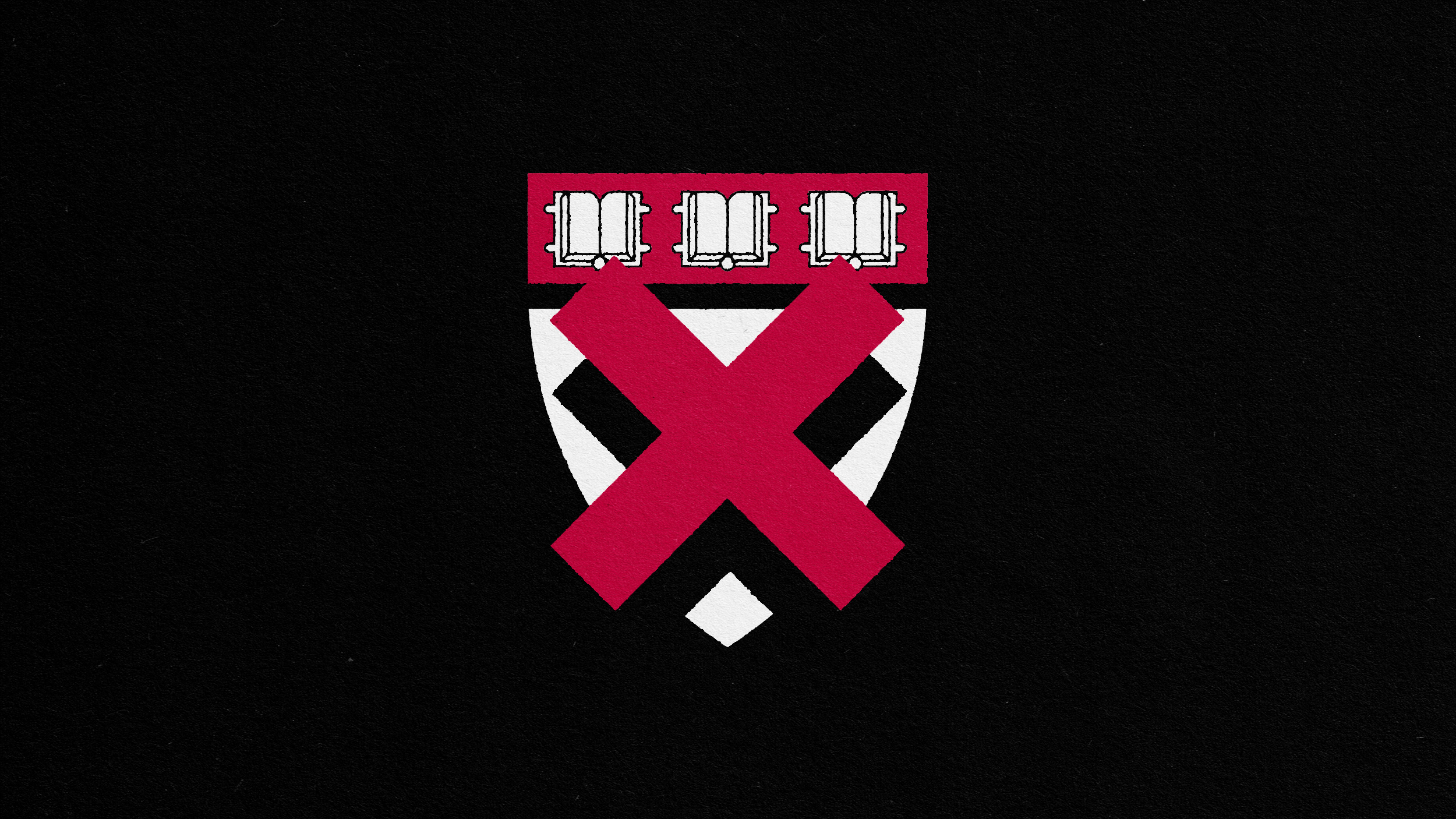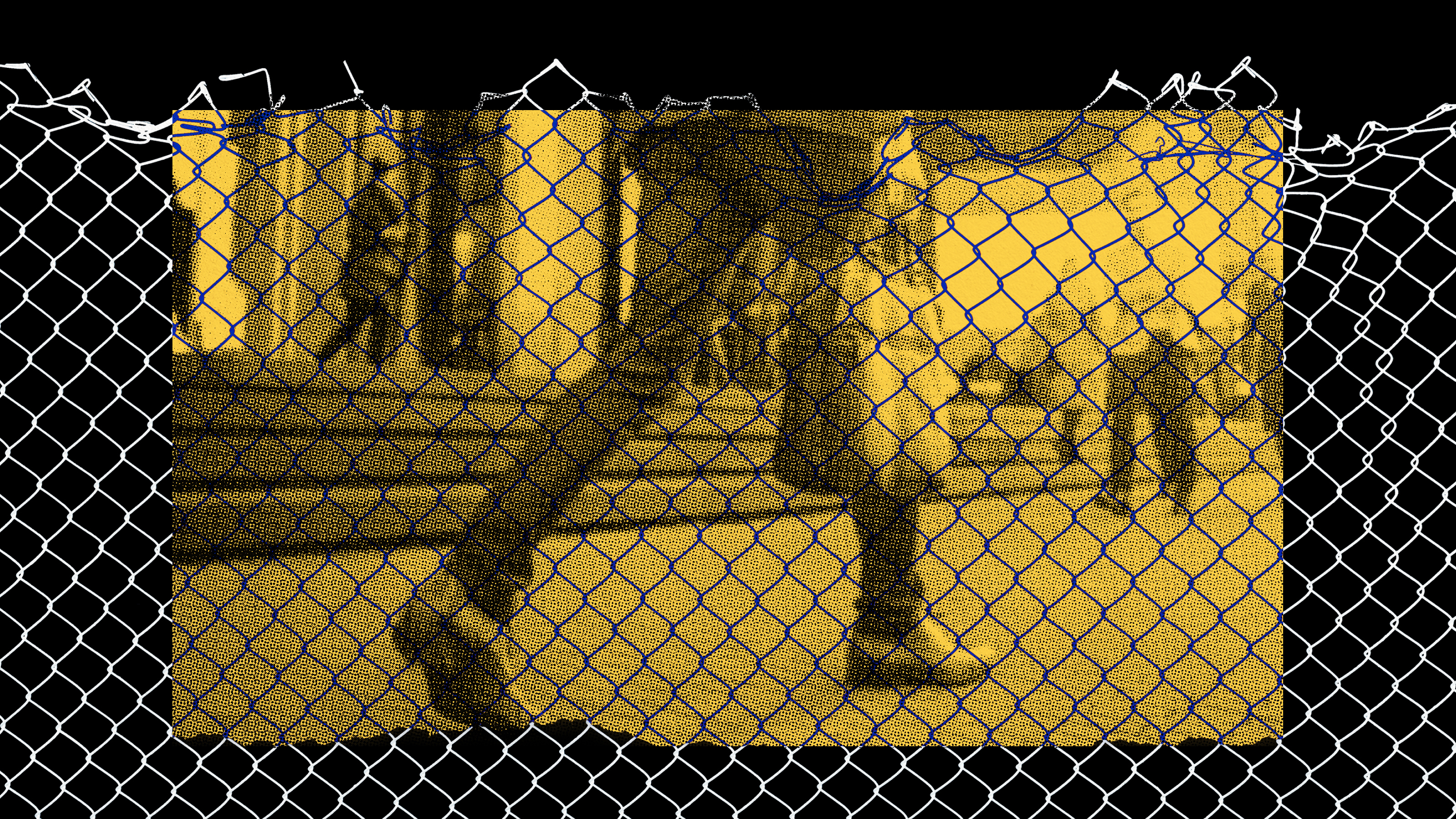“Future of work” skills can be found — if you know where to look

- As we move from an industrial to a digital — and human-centric — economy, we must transform every aspect of our human resource practices.
- Recruiters should seek out a new breed of talent: people with skills to manage uncertainty, unpredictability, and rapid adaptation.
- Organizations will thrive by embracing a cognitively and experientially diverse workforce.
The world economy is, without question, rapidly advancing along the long road from an industrial economy to a digital one. Work once done by humans and antiquated machines is now the domain of algorithms and robots. The interstitial knowledge economy, a workplace dominated by human know-how, is being transformed by artificial intelligence and the digitization of virtually every process and practice.
Yet, ironically, most businesses are stuck in workforce acquisition, management, engagement and retention policies borne from a bygone era. If we are to fully pass through this liminal time from industrial to human-centric value, we must also transform every aspect of our human resource practices.
In the uncertain world that is the future of business, organizations need a workforce that is agile, adaptable, independent, self-motivated, and able to assess situations and select a course of action when conditions are not 100% clear. They need people who are entrepreneurial and innovative and fully and authentically engaged.
How do you find those people? By rethinking how and who you hire.
For decades, companies sought to fill jobs with people whose skills and experience demonstrated they had “done this work before.” In a changing world, that’s a fool’s errand. No one has experience with the future. So where might we look for a new breed of talent, people with skills to manage uncertainty, unpredictability, and rapid adaptation? You can start by looking beyond the overfished ponds of academia and competitive organizations.
More than 70 million US workers have developed valuable skills by traveling untraditional paths. They are the 50% of the workforce that developed skills through military service, community college, training programs, and on-the-job experience. Hiring bias and resume screening algorithms that favor advanced degrees miss these highly-talented candidates.The organization Tear the Paper Ceiling is an advocate for people with unconventional credentials and a terrific resource to begin to transform your hiring practices.
Military vets
Military personnel are trained to assess rapidly changing circumstances, make the best possible decisions with the available, if imperfect, information, and adapt to ever-changing environments. Perhaps that sounds like your fast-moving organization? The Institute for Veterans and Military Families at Syracuse University validates that “academic research from the fields of business, psychology, sociology, and decision-making strongly links characteristics that are generally representative of military veterans to enhanced performance and organizational advantage in the context of a competitive and dynamic business environment.”
Retired Major General James C. Johnson, former executive director of Integrated Resilience for the US Air Force, concurred. “These findings support my experience as the Air Force Recruiting Commander, where I saw first-hand the quality of the tens of thousands of candidates we recruited. It also supports my experience in numerous assignments in the field with innovative, competitive, collaborative, tough-minded, resilient service members who represented some of the best and brightest in our country… and whose qualities were further positively developed as a part of a team with shared values and principles.”

Service members embody two critical factors that influence their ability to make decisions and influence desired outcomes with others: the shared belief in the mission, core values, and principles of their organization; and the quality of the training, professional development and experiences they receive throughout their service. These factors create a trust that enables these veterans to thrive in complex and ambiguous environments. And doesn’t that sound a lot like business today?
The formerly incarcerated
Research shows that formerly incarcerated individuals have higher emotional intelligence and greater situational awareness than the general population. These highly-desirable skills may well come from navigating the complexity of the prison environment, yet these five million workers are often overlooked.
Participation in the U.S. labor force by men has fallen dramatically since the 1950s. Then, 87% of men worked; today, that number stands at 68%. While many reasons account for this decline, a recent study by the Rand corporation found that “more than half of unemployed American men in their 30s have a history of being arrested or convicted of a crime, a stigma that poses a barrier to them participating in the nation’s labor force. By age 35, 64% of unemployed men have been arrested and 46% have been convicted of a crime, with the rates varying only slightly by race and ethnicity.”
These men are proving to be incredibly loyal workers who bring unique insights and experiences to the workplace. In an interview with the leading human resources professional website SRHM, Verizon CEO Hans Vestberg discussed the changes his company has made to remove bias and embrace formerly incarcerated people in their applicant pool. These people, he said, are “fantastically good workers.”
“All our data tells us that many of these employees are extremely loyal, thankful for the company giving them a second chance and do great work,” he told SRHM.com. “You want [workers who are] loyal, lead your brand every day [and] lead your core values every day. That’s how you make money, succeed and profit.”
Working moms and working parents
There may be no bigger hurdle to career development than parenting, particularly for women. Stepping out of the workforce to have and raise children too often comes at the cost of future employment and status. The Equality and Human Rights Commission found that 77% of working mothers surveyed had potentially discriminatory or negative experiences as they returned to the workforce. In 2021 LinkedIn added “Stay-at-Home Parent” as a job title to explain the employment gap many parents, especially moms, experience.
How critical has this issue become? Harvard Professor Claudia Goldin was awarded the 2023 Nobel Prize in Economics for her decades of research on women and the labor force. We will never close the gender pay gap, she asserts, until “we also have couple equity,” she recently told the New York Times. While there has been “monumental progressive change, at the same time there are important differences” which often tie back to women doing more work in the home, she said.

Consider the skills required of at-home moms. Raising children is hard. Juggling a myriad of inputs to make smart decisions that affect the growth and development of actual humans is no less complex than most workplace projects with far less consequential outcomes. Yet mothers and fathers get no credit for this difficult work. To combat this deficit, HeyMama, a US-based community for working mothers, launched a campaign called Motherhood on the Resume. Katya Libin, HeyMama’s co-founder and CEO, recently told the BBC, “This current workforce we’re in really does require such strong communication and interpersonal skills, and so I think seeing motherhood as an advantage instead of a career-killer is one of the top goals.”
The neurodivergent population
Conventional estimates suggest that 10 to 20% of the U.S. population exhibit some degree of neurodivergence, but experts now believe that number is much higher. In fact, the neurodivergent population may well eclipse the neurotypical. About 20% are dyslexic, 15% have Attention Deficit Hyperactivity Disorder (ADHD), just under 3% have the Autism Spectrum Disorder (ASD), and 2 to 3% have Obsessive-Compulsive Disorder (OCD).
While some of these conditions inhibit traditional academic learning and are considered “disorders,” it’s well past time that we recognize the benefits of cognitive diversity. Indeed, cognitive diversity can be a superpower.
A study of Britain’s 69,000 self-made millionaires found 40% report being dyslexic; that’s 4x the rate of dyslexia overall in the U.K. Yale University has a center dedicated to studying the connection between dyslexia and creativity “specifically to illuminate the creative and intellectual strengths of those with dyslexia.” A summary of independent research compiled by the National Library of Medicine noted that many individuals with ASD excel in special isolated or “savant” skills, most typically in memory, visuo‐spatial abilities, calculation, drawing, or music to a greater degree than the neurotypical population. “Because neurodivergent people are wired differently from ‘neurotypical’ people, they may bring new perspectives to a company’s efforts to create or recognize value,” Robert D. Austin and Gary P. Pisano wrote in the Harvard Business Review.
The world of work is changing quickly. What drove your success in the past is not as likely to drive success in the future. To thrive in the increasingly complex and rapidly changing future, we will need a nimble, adaptable, and diverse workforce with a broad array of unique capabilities. People with diverse experiences and who think differently are more likely to identify new approaches to the challenges of business today.





